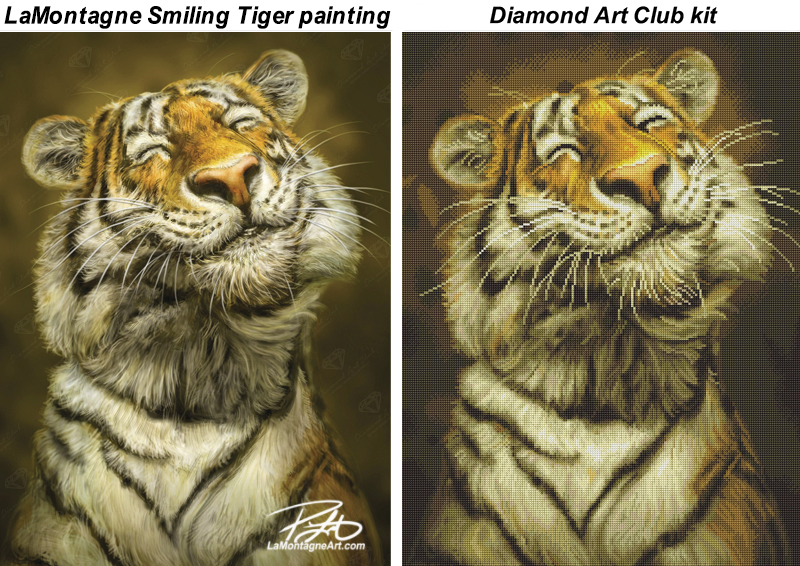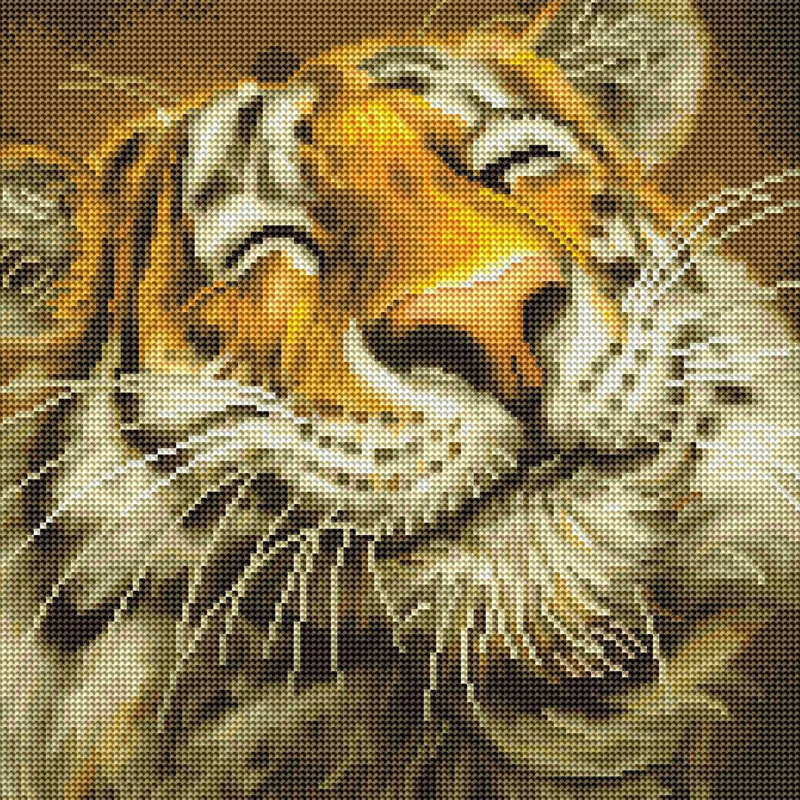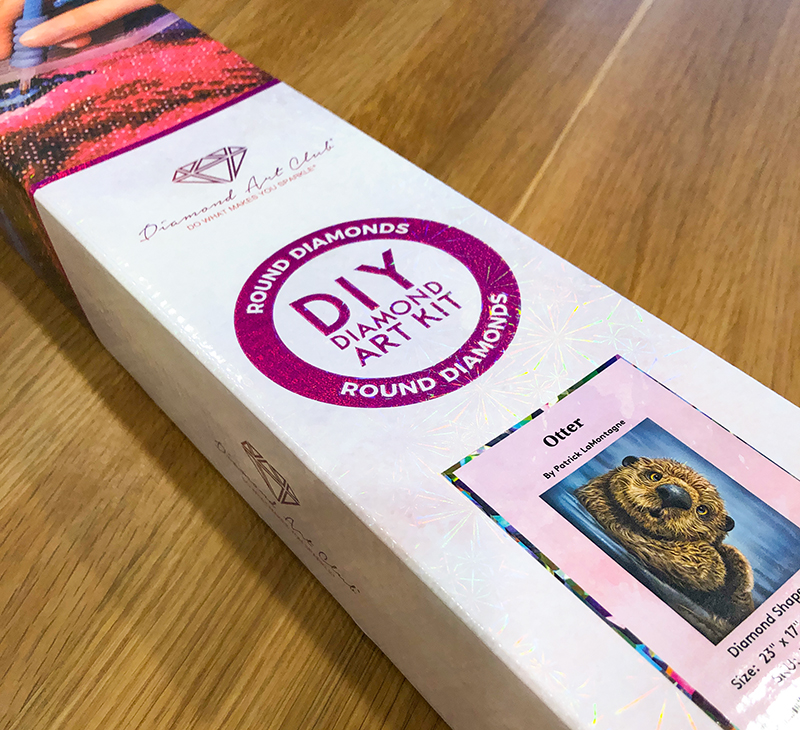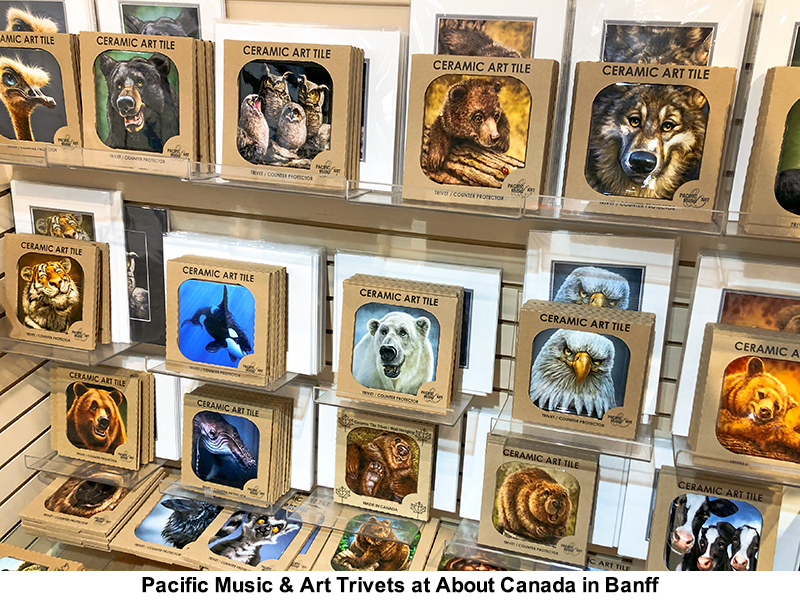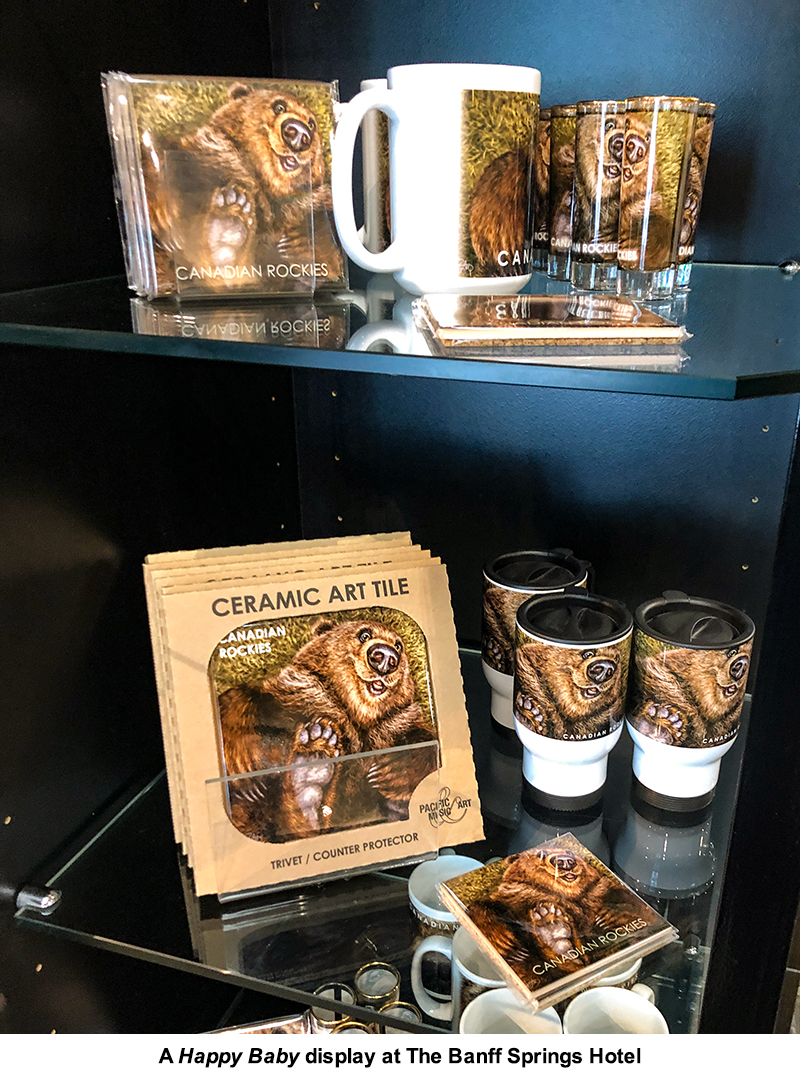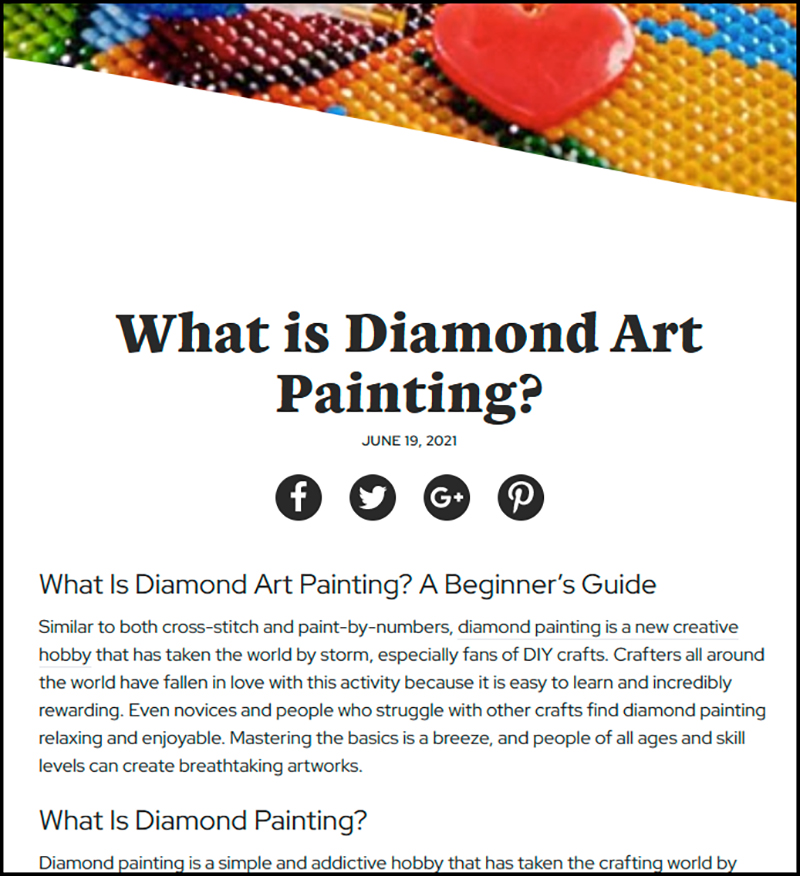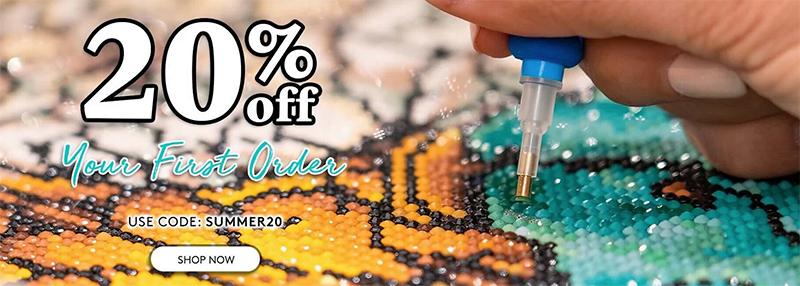
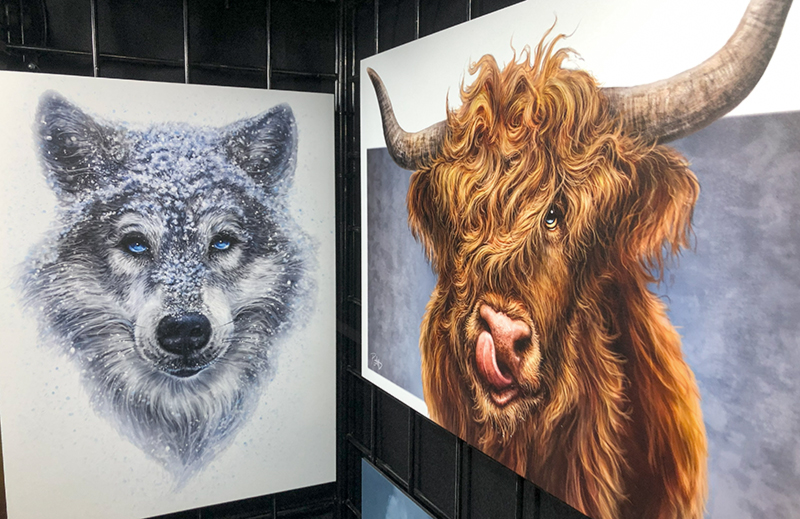 The weather outside was frightful last Friday and Saturday, but the Bow Valley avoided the worst of the big storm that rolled through Alberta on the weekend. Still, I have lived in this valley long enough to know that the 25 km stretch of highway between Canmore and Banff can quickly become treacherous.
The weather outside was frightful last Friday and Saturday, but the Bow Valley avoided the worst of the big storm that rolled through Alberta on the weekend. Still, I have lived in this valley long enough to know that the 25 km stretch of highway between Canmore and Banff can quickly become treacherous.
Driving to the Banff Christmas Market last Friday morning was fine, but with the forecasted heavy snow, I brought an overnight bag just in case I needed to find a room at the inn. I drove home that night, but it wasn’t fun. The wind made for intermittent whiteout conditions, and finding where the road ended and the ditch began was a white-knuckle experience, as was making my exit into Canmore.
As snowplows had been out all night, the drive in on Saturday was better: icy but clear enough. The downside was the insecure, reckless over-compensators tailgating and passing in the hammer lane at 130 km/h. When many of those idiots inevitably hit the ditch, they unfortunately take others with them.
Slow down. Nobody thinks you’re cool.
The weather was likely partially responsible for slow sales on Friday. Thankfully, Saturday and Sunday were much better. Not the phenomenal sales from the first week, but still very good, similar to the two weekends I did last year, and I was happy with those.
As the storm passed, Saturday and Sunday became spectacular Canadian Rockies winter postcard days. I’ve lived here thirty years, and more than once this weekend, I stepped outside and still marvelled at how pretty it was. It was a festival atmosphere with live music and wood fires burning in the courtyard.
Thanks, and welcome to everybody who signed up for A Wilder View. And an even bigger appreciation for subscribers and collectors who came out to Banff just because you read about it here. There are often people I only see at the Calgary Expo each year who are now showing up at my booth in Banff at Christmas. When I offer the opportunity to sign up for my emails, the response is more often that they are already on the list.
Even more satisfying is how many tell me they enjoy the writing as much as the art. That’s nice to hear since I’ve sent more than my fair share of less-than-positive posts over the years when art-for-a-living sometimes gets frustrating. Thanks for sticking with me through those posts. Ultimately, it’s the warts and all that inspire my funny-looking animal paintings.
Occasionally, I’ll meet farmers or ranchers at my booth who generously offer to let me come and take photos of their critters. A couple who lives northeast of here have Clydesdales and a miniature donkey. I’ve long wanted to paint a donkey, and they shared some fun photos with me. Their property is right on the route I take to the cabin I rent with friends a few times a year, so I’m looking forward to stopping there in the spring. While I can always paint from stock photos, taking my own reference is often a big part of discovering the personality that’s part of my signature style.
And, of course, all the dogs who show up at the market are a big perk at this event. Some are just looking for a free handout and lose interest when they realize there are no cookies in my booth, but other dogs are happy to soak up the unlimited attention.
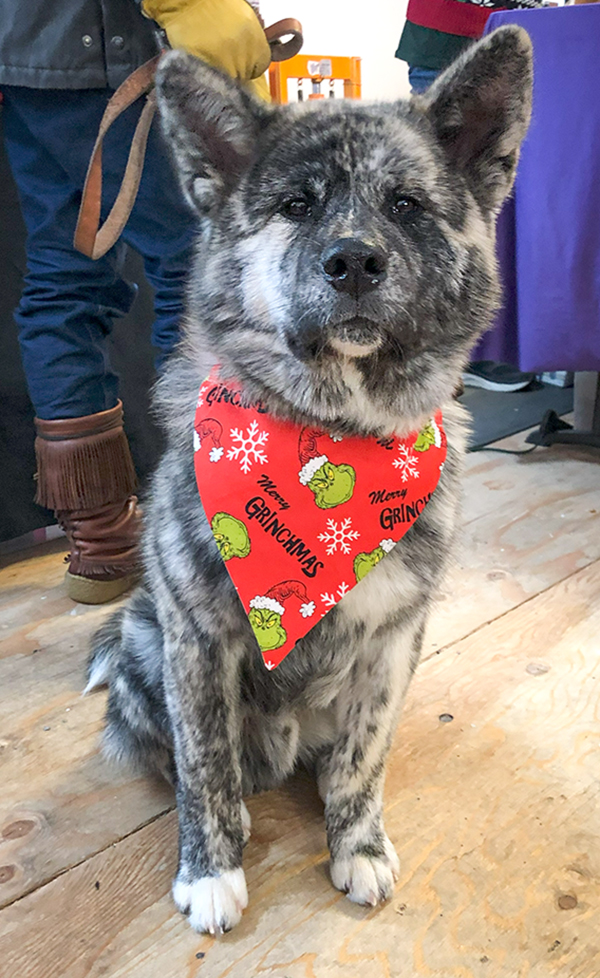 One of the dogs I get to see all month long is Tojo, who belongs to one of the staff. He’s a friendly Akita puppy with a stunning brindle fur pattern resembling urban camouflage. He’s got a wonderfully sweet temperament and loves the outdoor cold. Though provided with a comfortable bed and a safe, warm space outside, you can often find him happily sleeping on a pile of snow.
One of the dogs I get to see all month long is Tojo, who belongs to one of the staff. He’s a friendly Akita puppy with a stunning brindle fur pattern resembling urban camouflage. He’s got a wonderfully sweet temperament and loves the outdoor cold. Though provided with a comfortable bed and a safe, warm space outside, you can often find him happily sleeping on a pile of snow.
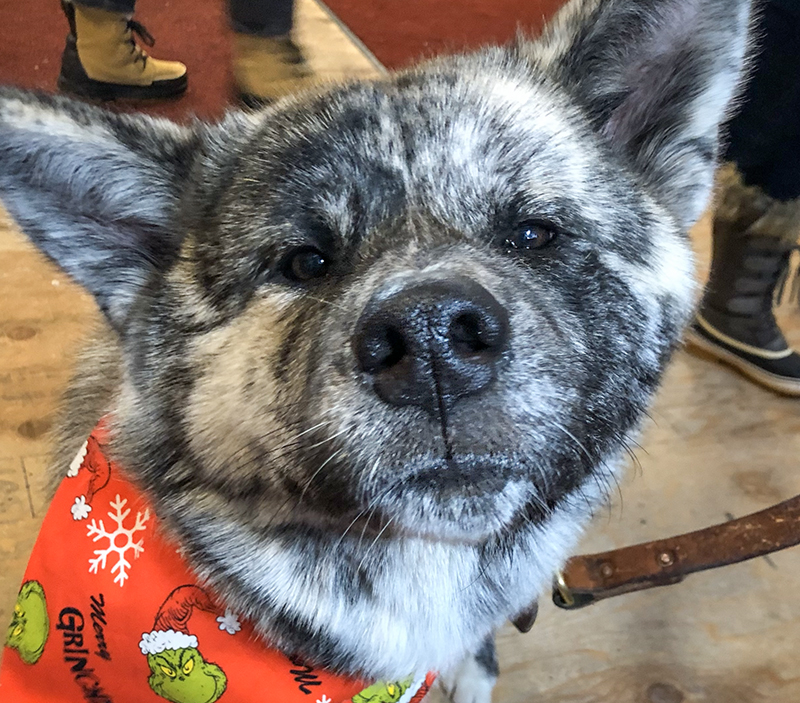 When he’s brought inside to warm up or for a wander, he visits the different booths and enjoys the pets and scratches we’re all happy to give. His face reminds me of a bear’s, which makes me want to paint him.
When he’s brought inside to warm up or for a wander, he visits the different booths and enjoys the pets and scratches we’re all happy to give. His face reminds me of a bear’s, which makes me want to paint him.
Everything is selling well, whether stickers, magnets, coasters, postcards, calendars or prints. The clear bestseller, however, is still that Highland Cow. I was happy to get my print resupply on Friday from Art Ink Print because I did indeed sell out of my initial stock this weekend. If you’re an artist looking for a great printer, I highly recommend them.
Contrary to my last post about letting the calendar supply run out, I’ve only got half a dozen left now, so I ordered more from Pacific Music & Art. It seemed silly not to restock a proven bestseller. I also restocked my ample supply of Highland Cow magnets, which also sold out this weekend.
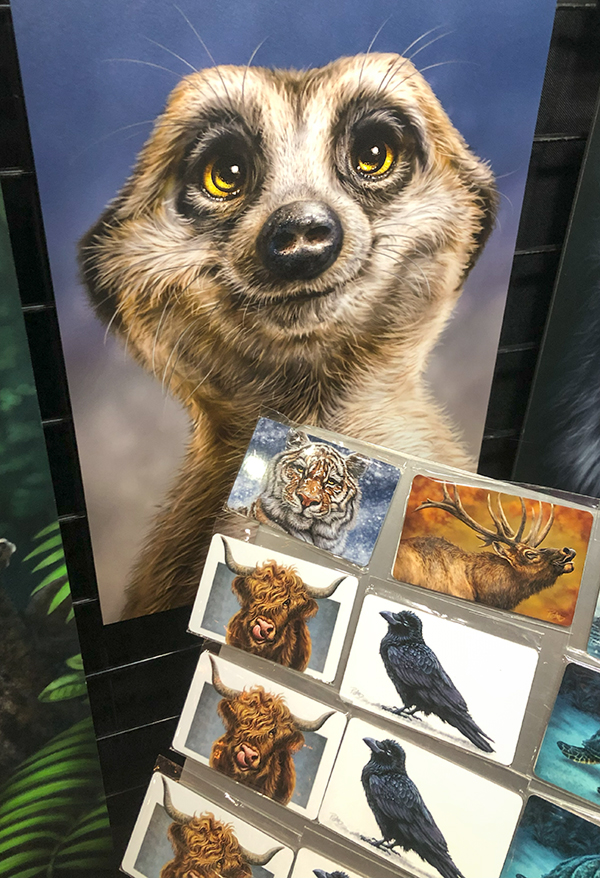 Seriously, what is it with this painting? I don’t understand it, but as I said to Mike at Pacific, I won’t look a gift cow in the mouth.
Seriously, what is it with this painting? I don’t understand it, but as I said to Mike at Pacific, I won’t look a gift cow in the mouth.
My resupply should be here for the weekend, and I’m confident I’ll be good on stock for the two final weekends.
I won’t lie; I’m tired at the halfway point. In the four days in between each market, I’m drawing editorial cartoons for my newspaper clients, catching up on admin and bookkeeping, and trying to get a little rest before the next round.
 Meeting people who enjoy my work and seeing those discover it for the first time is great. It’s fuel for the creative tank, a reminder, “Oh, yeah, THIS is why I’m doing it. These paintings make people happy.”
Meeting people who enjoy my work and seeing those discover it for the first time is great. It’s fuel for the creative tank, a reminder, “Oh, yeah, THIS is why I’m doing it. These paintings make people happy.”
But it’s also incredibly draining for somebody like me. I am an unapologetic hermit most of the time, preferring to spend most of my time alone working at home. So, thirteen days of high-input interaction with lots of people is a double-edged sword.
However, every one of these markets is a necessary and valuable learning experience, and I come away from each with lessons that inform future events. Without talking to people in person, I wouldn’t know what they like, which paintings resonate with them, and why. I get inspired by these conversations and interactions and am gratefully humbled when I hear how much some people enjoy my funny-looking animals.
Here’s to another successful Banff Christmas Market, the second of four, as I prepare for the third. If you haven’t made it out yet, something to consider in the next couple of weeks.
______
Diamond Art Club is one of my favourite commercial licenses. A cross between paint-by-numbers and cross-stitch, it’s a unique product and a fun hobby with a dedicated fan base. I hear from plenty of people who have found my work because of diamond art kits.
Five different diamond art kits are available: my Otter, T-Rex, Sea Turtle, Snow Queen and their certified bestseller, my Smiling Tiger.
While I’ve known it was coming for quite some time, I can finally announce that Diamond Art Club has added my Two Wolves painting to their catalogue. As part of their Black Friday specials, it will be available on November 29th.
Here’s their official announcement from their Facebook page, with my own added text identifying the difference between my painting and the diamond art conversion.
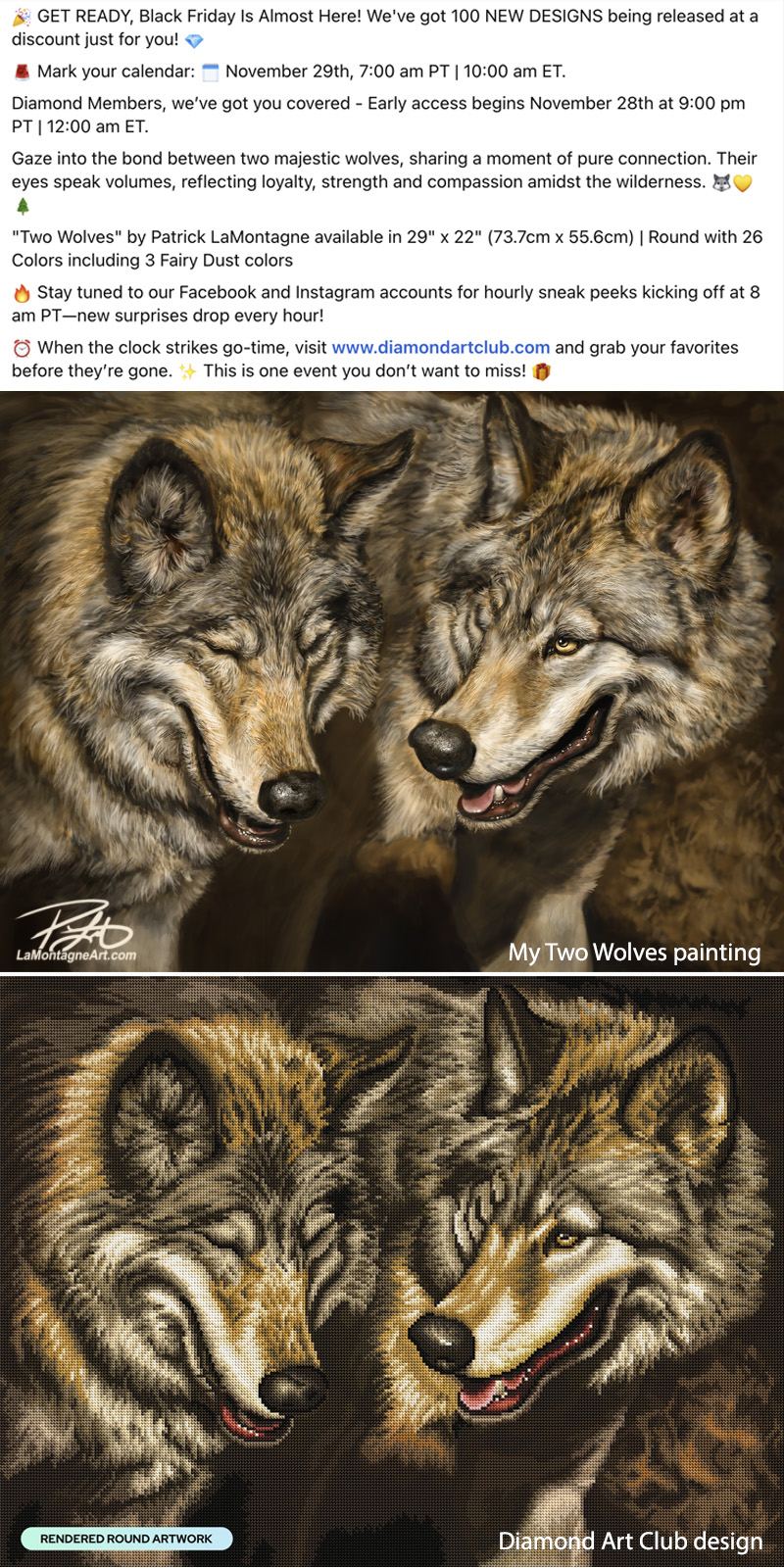
For all of you Diamond Art Club fans, I hope you enjoy this new addition. And if you put one together, I’m always happy to see pics of the finished pieces.
Cheers,
Patrick


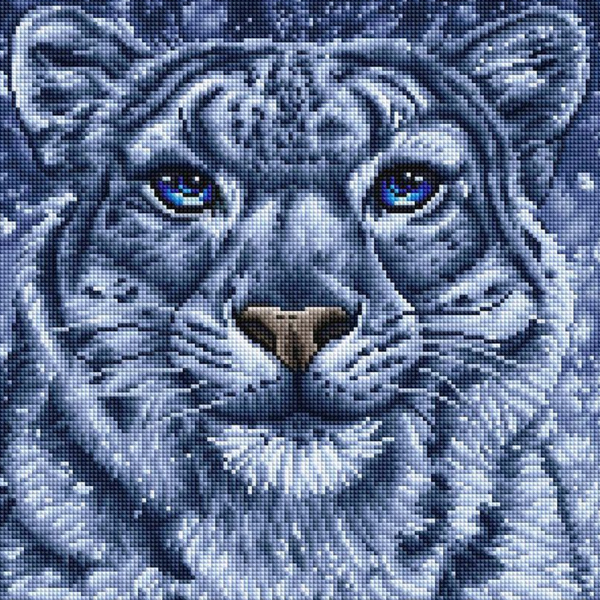
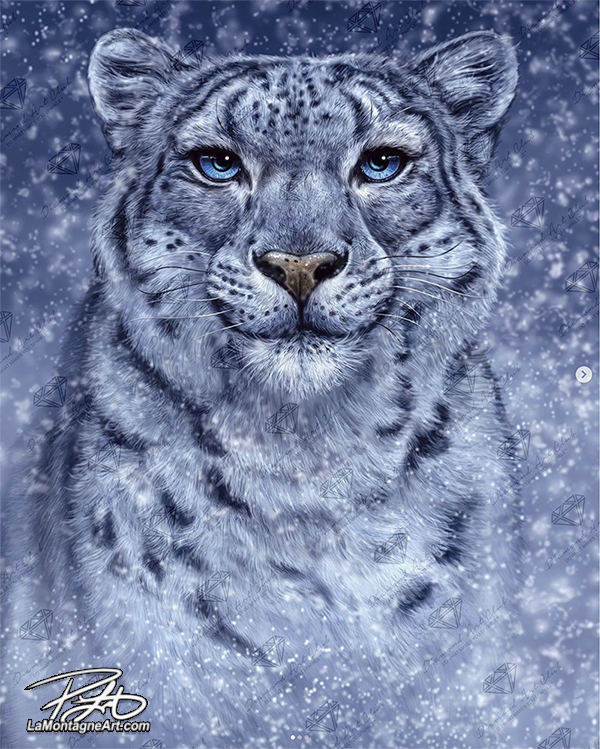
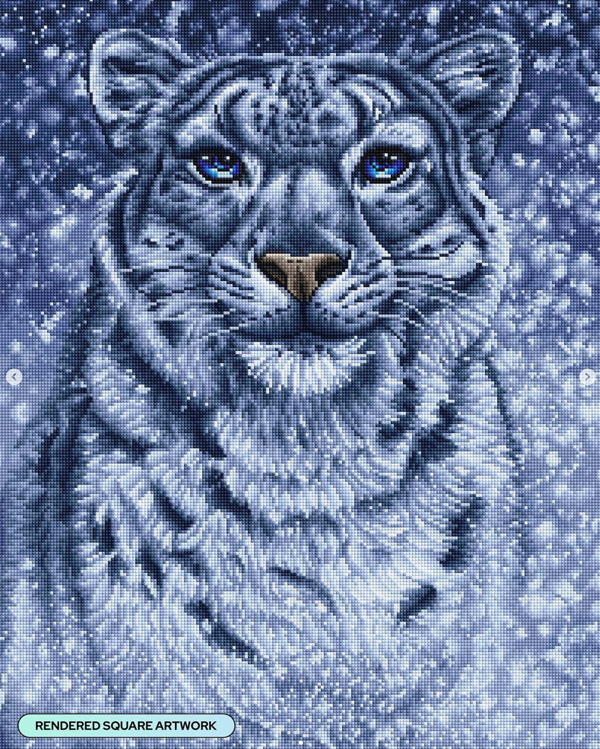 “Snow Queen” by Patrick LaMontagne available in 19.5″ x 25.8″ (49.6cm x 65.5cm) | Square with 28 Colors including 2 ABs and 1 Fairy Dust Diamond
“Snow Queen” by Patrick LaMontagne available in 19.5″ x 25.8″ (49.6cm x 65.5cm) | Square with 28 Colors including 2 ABs and 1 Fairy Dust Diamond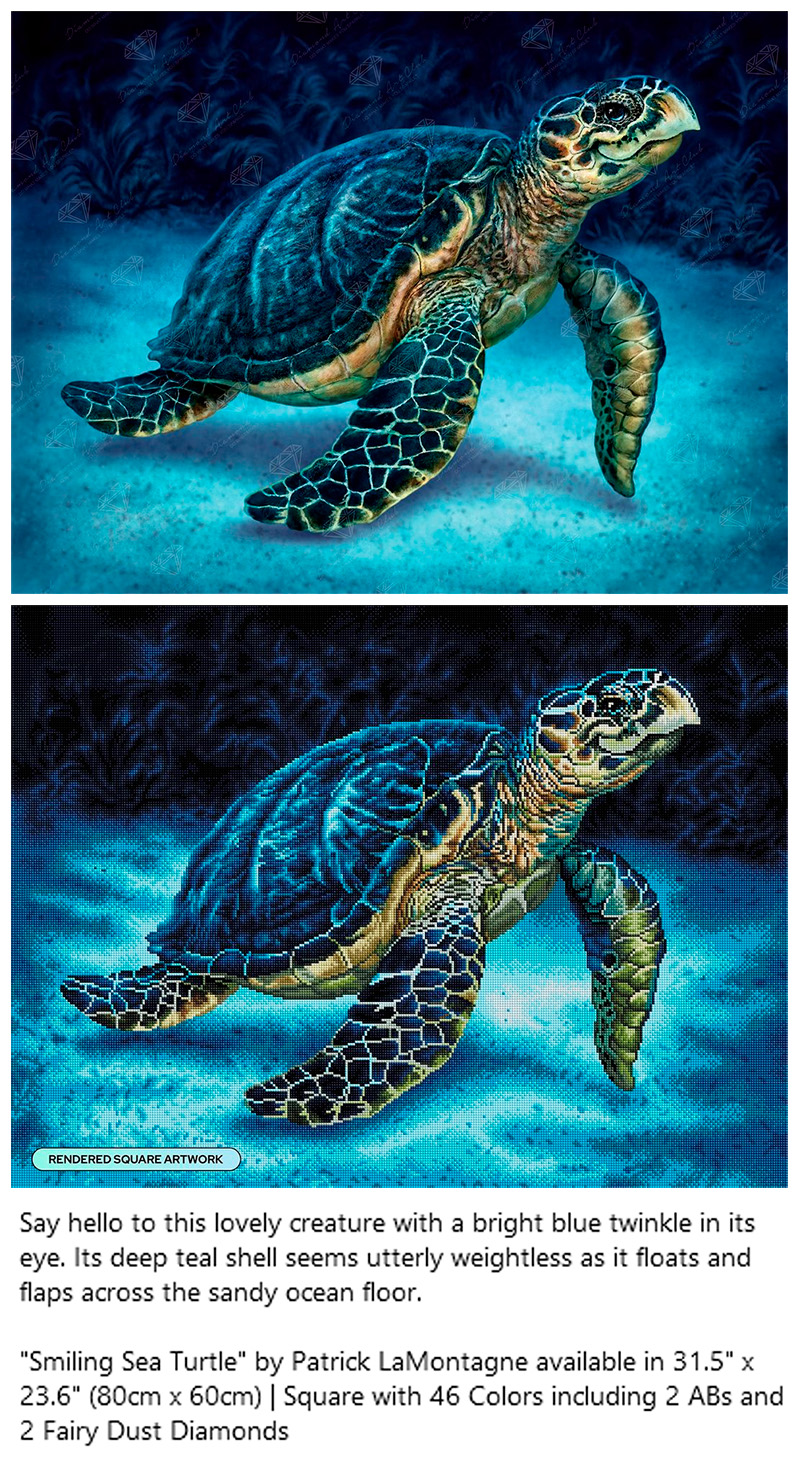

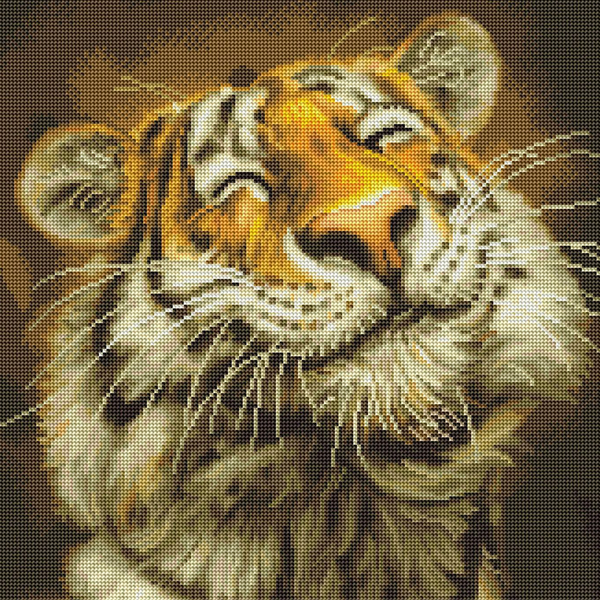
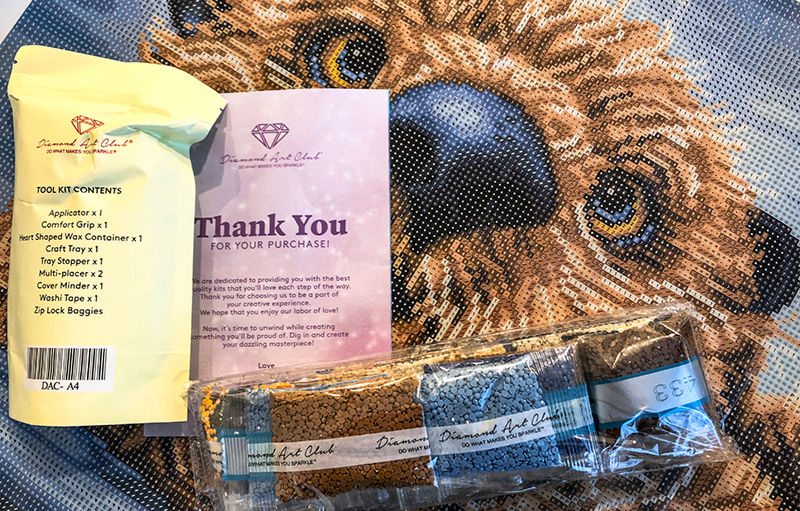 The Otter was my first painting they launched last year, and that
The Otter was my first painting they launched last year, and that 